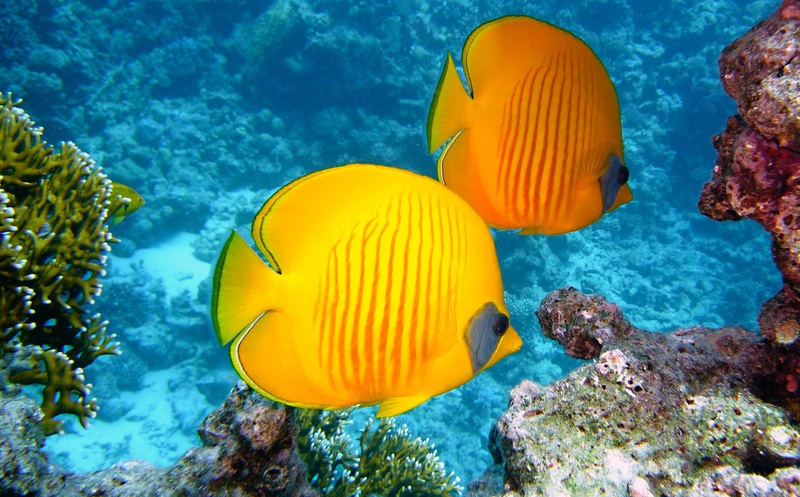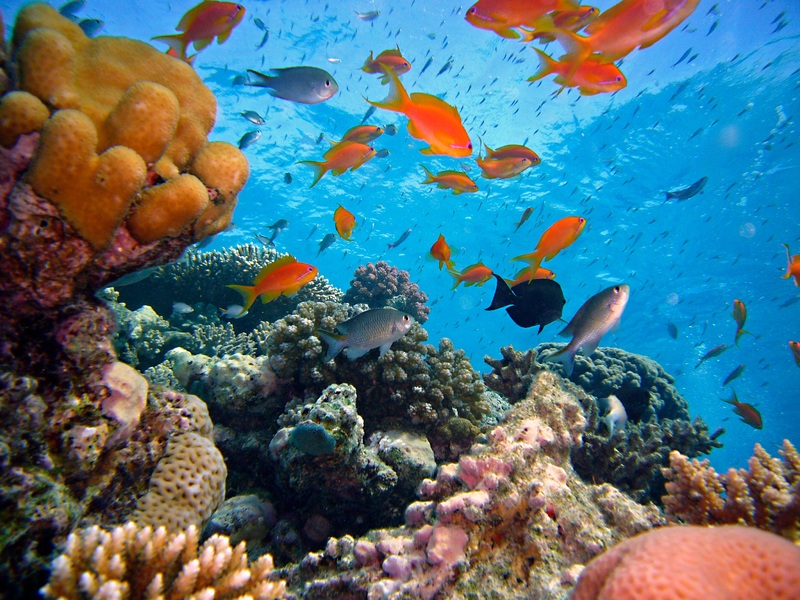The world is experiencing record-breaking summer temperatures. As the heat increased, various individuals flooded the beaches searching for relief. Some may consider the heightened surface temperature’s effect on aquatic ecosystems while swimming in the ocean.
In the 2000s, researchers began witnessing an increase in coral bleaching events. They quickly recognized the correlation between rising surface temperatures and reef destruction. With human intervention, we can decrease coral’s risk of mass extinction and protect marine species.
Habitat and Real Estate Alterations
As coral bleaching rates increase, habitat scarcity rises. Reefs provide significant structure in the aquatic ecosystem. Without their support, species face food and shelter limitations.
Coral reef degradation displaces species, increasing their vulnerability in un-adapted territories. They face endangerment when interacting with new predators. A decrease in specific populations can directly affect humanity’s diet.
Consuming seafood increases our absorption of omega-3 fatty acids and other essential nutrients. The elements protect our hearts and brains, lowering blood pressure and reducing heart attack risks. Without an adequate supply of fish, we may become deficient in omega-3.
Healthy coral reefs are additionally necessary for homeowners’ protection. The marine structure stabilizes and supports islands’ designs. As coral dies, islands begin to disintegrate.
Coastal erosion and flooding decrease island residents’ safety. Without the protection of reefs, they lose their protection against hurricanes and tsunamis. Unfortunately, as greenhouse gas emissions continuously rise, island real estate acquires heightened risks.
Before the 2000s, coral bleaching rarely occurred, about once every 30 years. Today, the rising temperatures increase the frequency of bleaching. Now the ecological degradation event occurs nearly twice a decade.
Fortunately, humanity generated the issue so that we can stop it. Environmental scientists and engineers are developing sustainable solutions to reef destruction. Regenerative technology is supporting the reduction in climate change’s aquatic impacts.

Sustainable Restoration Projects
A team of researchers developed a unique solution to coral degradation using electrocution. Biorock electrolysis stimulates coral growth, delivering the necessary energy for regrowth. The reproduction method increases grow-back rates by ten times, compared to natural processes.
Other environmental engineers target the ecological issue with 3D printing. They implant 3D printed synthetic coral in bleached regions, promoting recovery. The models protect new, undeveloped coral through its growth process.
Some researchers use advanced mapping and measurement tools, increasing their conservation abilities. They use bathymetry, an ocean topography data collection tool, tracking the growth of reefs. Additionally, they utilize mapping technology, evaluating specific causes of bleaching.
With a better evaluation of the marine challenges, scientists can generate sustainable solutions. Other teams increase aquatic conservation efforts, limiting the degradation of the ecosystem. A consistent ocean composition preserves coral reefs and all marine life.
Additional Sustainability Efforts
Aquaculture is a species conservation effort used in the food production industry. Transitioning away from fresh-caught products can generate challenges in the business. One company developed aquaculture enhancement methods, increasing the ease of transformation.
The practices decrease ecological impacts while enhancing climate change prevention efforts. Aligning our aquatic industries with preservation goals can preserve healthy coral reefs.
The agricultural industry can also decrease bleach effects by limiting runoff. When stormwater carries synthetic fertilizers and pesticides into the ocean, it causes eutrophication. One may reduce the significant driving factor of coral destruction by collecting stormwater.
Installing rainwater harvesting systems in agricultural regions can decrease eutrophication and water exploitation. Reusing stormwater for irrigation reduces one’s reliance on scarce freshwater sources. It also decreases pollution levels in the ocean.
Other companies can limit their coral bleaching contribution by utilizing carbon-capturing technology. They entrap and filter nearly 90% of industrial emissions before they pollute the atmosphere. Over time, we can decrease the global temperature and coral bleaching by reducing greenhouse gas emissions.
How You Can Help
Individuals can reduce coral degradation by limiting personal emissions. Engaging in alternate forms of transportation can significantly shrink one’s carbon footprint. Adopting renewable energy sources, like wind and solar power, can also preserve the atmosphere’s composition.
A significant portion of residential greenhouse gas emissions derive from home appliances. Switching outdated devices with energy-efficient versions may shrink your footprint and decrease utility costs.










